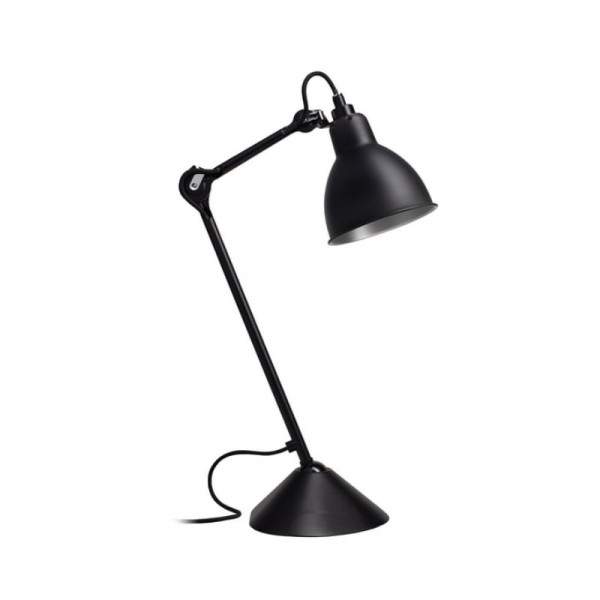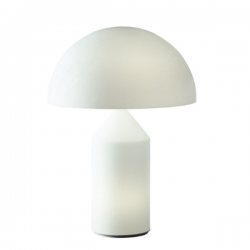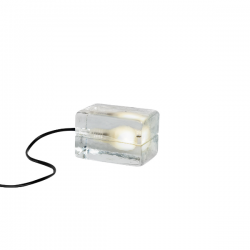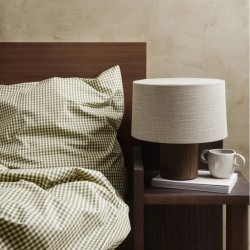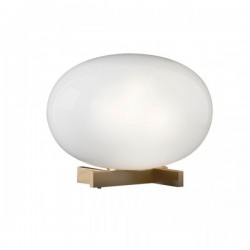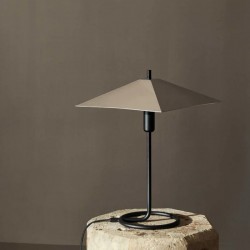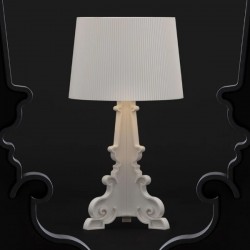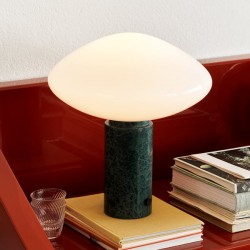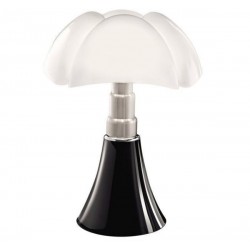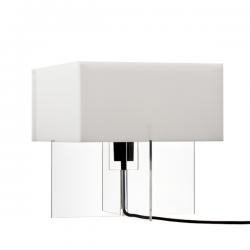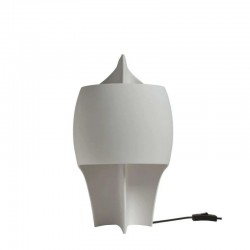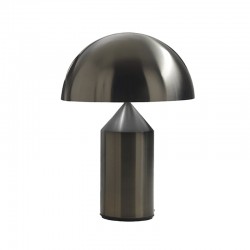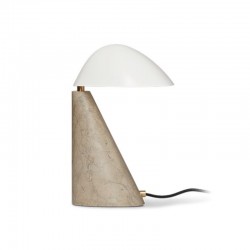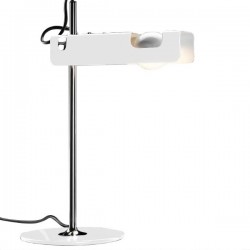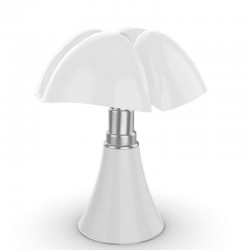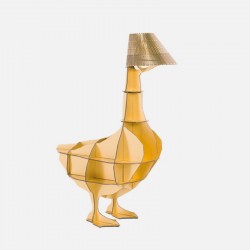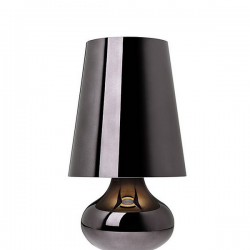DCW Lampe Gras 207 Table Lamp
Perfect on a desk or a sideboard The table lamp LAMPE GRAS N°317 by the French manufacturer DCW éditions was designed by the designer Bernard-Albin Gras. Originally designed as a work lamp, this LAMPE GRAS also stole admiration from the famous architect Le Corbusier, who also used these lamps in his projects.
The lamps were also used for his projects in the private sector, such as for the villa Le Lac (Corseaux, Schweiz), the house La Roche (Paris) and the villa Savoye (Poissy). As a result, the LAMPE GRAS has become a real design classic of the 20th century. DCW éditions launched a new edition of this lamp, including the LAMPE GRAS N°317 model.
This table lamp has a very characteristic design, which is characterized by functionality, ergonomics and durability and thus brings in a touch of industrial design.
- Specifications
CLII - G9 - MAX 25W - LED / Bulb included
Materials base in oak wood and steel cast, arms in steel
This product is CE approved only and should only be used in countries that follow and accept this standard. If it is used elsewhere it will be at the customer's sole risk, responsibility and liability.
- Size Description
Arm : 220 mm
Rod : 200 mm
-
Bernard-Albin Gras
<p>Bernard-Albin Gras was born the son of a draftsman and a homemaker in the small town of Saint-Raphaël, France. By the 1920s, he had become a tireless engineer and inventor with a passion for improving working conditions for ordinary laborers. Prolific in his work, Gras registered dozens of patents, including one for Lampe Gras in 1921. Few mobile lighting solutions existed then, and those that did were likely to shock anyone who attempted to move them. Gras sought a lamp that would shed light precisely where needed, with reflectors and supports for each task.</p> <p>Desiring one solution, he ended up developing three: a clamp lamp that could be moved from workbench to machine, a sliding lamp that could follow the user and a pivoting lamp that could be precisely positioned over a table. All are marked by his innovative Bakelite ball system and spring-balanced arm construction for flexible positioning – both well ahead of their time. His lamps soon found their way into machine shops, research laboratories, design studios and operating rooms.</p> <p>Architect Le Corbusier even seized upon the design for his very own projects because it met his ideology of the perfect object-tool: a form reduced to its pure function, free of superfluous ornament. He would lead a wave of other early adopters that included Eileen Gray, Robert Mallet-Stevens and Man Ray, among others. Lampe Gras stands as its maker’s defining work, with a screw- and weld-free articulated design that is just as functional and appealing today as it was in its early years.</p>


 EUR
EUR

